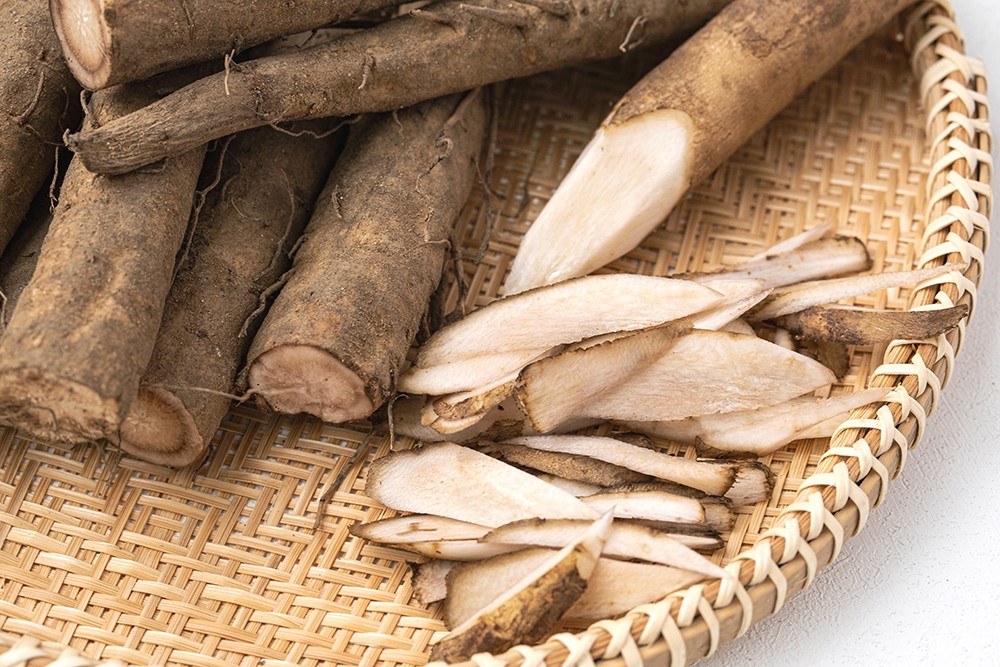한식 읽기 좋은 날
Vol 61. Mountains and Nature
Not All Greens are the Same- A story on nutritious root vegetables
Facts about HANSIK

Vegetables are usually known to be good for the body, and there are vegetables that are particularly known for their efficacy. Do you know what burdock, deodeok, bellflower, lotus root, etc., have in common? They are all “root vegetables.” It seems like that their roots are stronger and more nutritious than their leaves or stems. This article will present a story on nutritious root vegetables.
Article Lee Hyunjoo (Editorial Team) Sources Doosan Encyclopedia, the Encyclopedia of Korean Culture
Q: What exactly are root vegetables?
The term refers to vegetables that literally mean the root of vegetables. We eat the root, not the leaves or fruits. They are also called “geuncharyu (root crops).” Root vegetables include radish, burdock root, yam, lotus root, potato, onion, carrot, and ginger. Root vegetables are known to be the first foods that humans began to eat along with tree fruits. Our people have also been eating root vegetables for a long time. We know this from the appearance of yam in <Seodongyo>, a hyangga (old Korean folk song) of the Silla Dynasty.
Q: Why are root vegetables good for us?
A root of a plant is responsible for absorbing nutrients from the soil. Thus, the root is like the storage of a plant’s nutrients. As it is grown in the soil where microorganisms live, it contains plenty of dietary fiber, vitamins, and antioxidants that boost immunity. It is also rich in carbohydrates that serve as a source of calories. Lately, “phytochemicals,” which are plant chemicals that help prevent and treat diseases and maintain health, have been attracting attention. Phytochemicals are defense substances produced by plants to protect themselves from pests, animals, and ultraviolet rays. Weak toxic ingredients or bitter taste components are phytochemicals. And such component is contained in root vegetables in large quantities. Deodeok, burdock, bellflower, and mountain greens are known to be good for the body because they are rich in phytochemicals.
Q: What root vegetables are good to eat in the spring?
Burdock root and deodeok are typical root vegetables that are good to eat in the spring. Burdock roots are rich in inulin, a type of sugar that increases renal function and promotes bowel movement because they are rich in fiber. Deodeok, which is rich in saponin like ginseng, is also a root vegetable that is rich in dietary fiber and minerals. A long time ago, old ladies used to say, “The roots of herbs that have survived the winter are better than ginseng.” Our people believed that eating the tenacious vitality of root vegetables could energize our bodies in the spring after enduring the frozen ground all winter.










